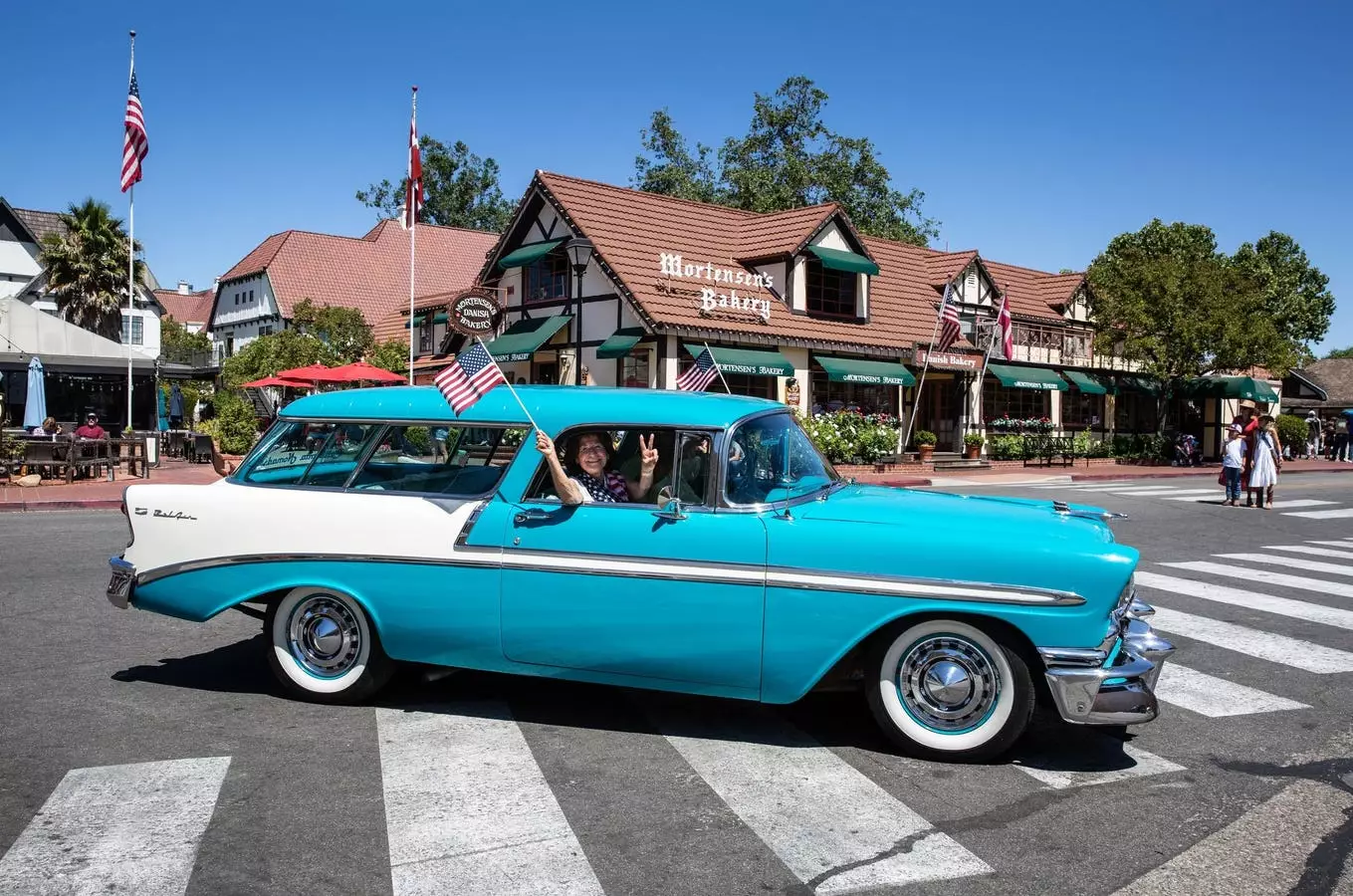Every summer, Americans unite beneath the fireworks, barbecue grills, and the pervasive spirit of independence. But in recent years, a new red, white, and rosé trend has emerged — transforming the classic holiday into a celebration of vibrant, local wines that embody the country’s diverse terroirs. Amid the parade of burgers, hot dogs, and ribs, a refreshing glass of American-made rosé elevates the patriotic festivities. This shift not only highlights American wine craftsmanship but also challenges the outdated notion that rosé is merely a frivolous summer splash. Instead, it reveals a dynamic range of styles, sourcing, and personalities that perfectly complement the fiery American spirit.
In a landscape traditionally dominated by reds and whites, rosé is capturing the spotlight with boldness and nuance. From Sonoma to Finger Lakes, key producers are crafting wines that marry refreshing acidity with complexity, demanding recognition in their own right. The proliferation of nuanced options reflects an evolving American wine culture — one that isn’t afraid to experiment, blend, or push boundaries. Drinking nationally produced rosé on the Fourth of July isn’t just a novelty anymore; it’s a statement of local pride and an ode to our country’s winemaking ingenuity.
The Power of Localization: Showcasing the Diversity of American Terroirs
American rosé isn’t monolithic — it’s a vivid mosaic of flavors shaped by regional climates, soil profiles, and winemaking philosophies. Take Sonoma County, for example, where Banshee Rosé 2023 exhibits a fun, whimsical label that disguises its serious blend of Pinot Noir, Sangiovese, Petite Sirah, and more. Its sweetish, candied notes make it a gateway for skeptics, but beneath that playful exterior lies a wine capable of satisfying both casual drinkers and connoisseurs. It embodies California’s bold, vibrant style—approachable yet layered.
Similarly, wines like Ferrari-Carano’s Sangiovese Rosé offer a reliable crowd-pleaser with its market-fresh fruit profile, perfect for pairing with backyard barbecues. The California coast showcases wines that lean towards lush fruitiness, tropical tones, and a touch of elegance. Meanwhile, the Finger Lakes’ Dr. Konstantin Frank offers a more refined, mineral-driven rosé of Pinot Noir and Saperavi, highlighting cooler climates and old vines that produce finely balanced, crisp wines. These represent an entirely different facet of American rosé — one rooted in tradition and restraint, yet equally compelling.
What is compelling about these offerings is how they underscore the country’s geographical diversity. Texas is emerging as a contender with terroirs producing lighter, lively rosés such as Pedernales Cellars’ Aletheia, which draws inspiration from Rhône grapes. These wines speak to an American identity that is both bold and rooted in a melting pot of influences. They dispel clichés that American wines are overly ripe or heavy; instead, they challenge the palate with finesse and clarity. Every region’s contribution enriches the national narrative, making each bottle a token of local pride and geographic authenticity.
Beyond the Bottle: The Cultural Significance of American Rosé
In recent years, rosé has shed its image as a frivolous summer fling and embraced a more layered persona—more aligned with American ideals of innovation, resilience, and diversity. This transformation aligns with societal shifts recognizing the depth and complexity behind what was once considered “simple wine.” It’s now a symbol of craftsmanship, climate adaptation, and regional storytelling. American rosé isn’t just about aesthetic appeal; it’s about the narrative it carries — a story of landscapes, climates, and traditions brought to life in each snappy sip.
The patriotic act of choosing American rosé on July 4th signifies more than just taste—it’s an affirmation of supporting local artisans and embracing the country’s rich viticultural tapestry. It’s a toast to winemakers who, despite challenges such as climate change and market fluctuations, continue to craft wines that showcase America’s unique expressions of terroir. This move toward domestic rosé also encourages a more sustainable approach, fostering a deeper connection between consumers and regional wineries.
But perhaps most importantly, American rosé invites a broader audience into the fold. Its versatility makes it suitable across diverse palates—from those seeking a crisp, mineral-driven sip to others craving a fruit-forward, structured glass. It’s a democratization of wine, uniting different preferences under the collective celebration of independence and cultural pride. As the nation steps into a future where wine reflects regional identities more vividly than ever, rosé stands out as both a symbol of unity and a showcase of American craftsmanship.
Challenging Perceptions: Rosé as a Serious American Craft
It’s high time we acknowledge American rosé as more than just a summer frivolity. Increasingly, wineries across the country prove that rosé is an adaptable, serious beverage deserving of respect. Wineries like Inman Family Wines and Matanzas Creek leave no doubt—they produce rosés that combine structure, finesse, and an expressive sense of place. These wines confidently challenge the misconception that rosé means sweet or lack complexity.
Moreover, the trend is also about showing confidence in experimentation. Blends such as those from Texas, with Mourvèdre and Grenache, push the boundaries of traditional American rosé styles. They exemplify a willingness to explore lesser-known grapes and styles to create something truly distinctive. This willingness to innovate not only broadens consumer horizons but also elevates the perception of American wine on the world stage.
The rise of these nuanced, regionally distinct rosés is emblematic of a broader movement — one where American winemakers refuse to conform to expectations. Instead, they embrace their unique environments and traditions to craft wines that are both accessible and thought-provoking. They produce bottles that demand attention, encourage dialogue, and elevate the cultural gravitas of American wine. Far from being a peripheral part of the industry, rosé now stands as a testament to American creativity, resilience, and a commitment to excellence.
In the context of July 4th celebrations, embracing American rosé is a confident act — a toast not only to independence but to an evolving wine culture that refuses to be boxed in. It’s a declaration that our nation’s wines are capable of sophistication, boldness, and harmony, echoing the diverse, dynamic spirit that defines the United States.


Leave a Reply